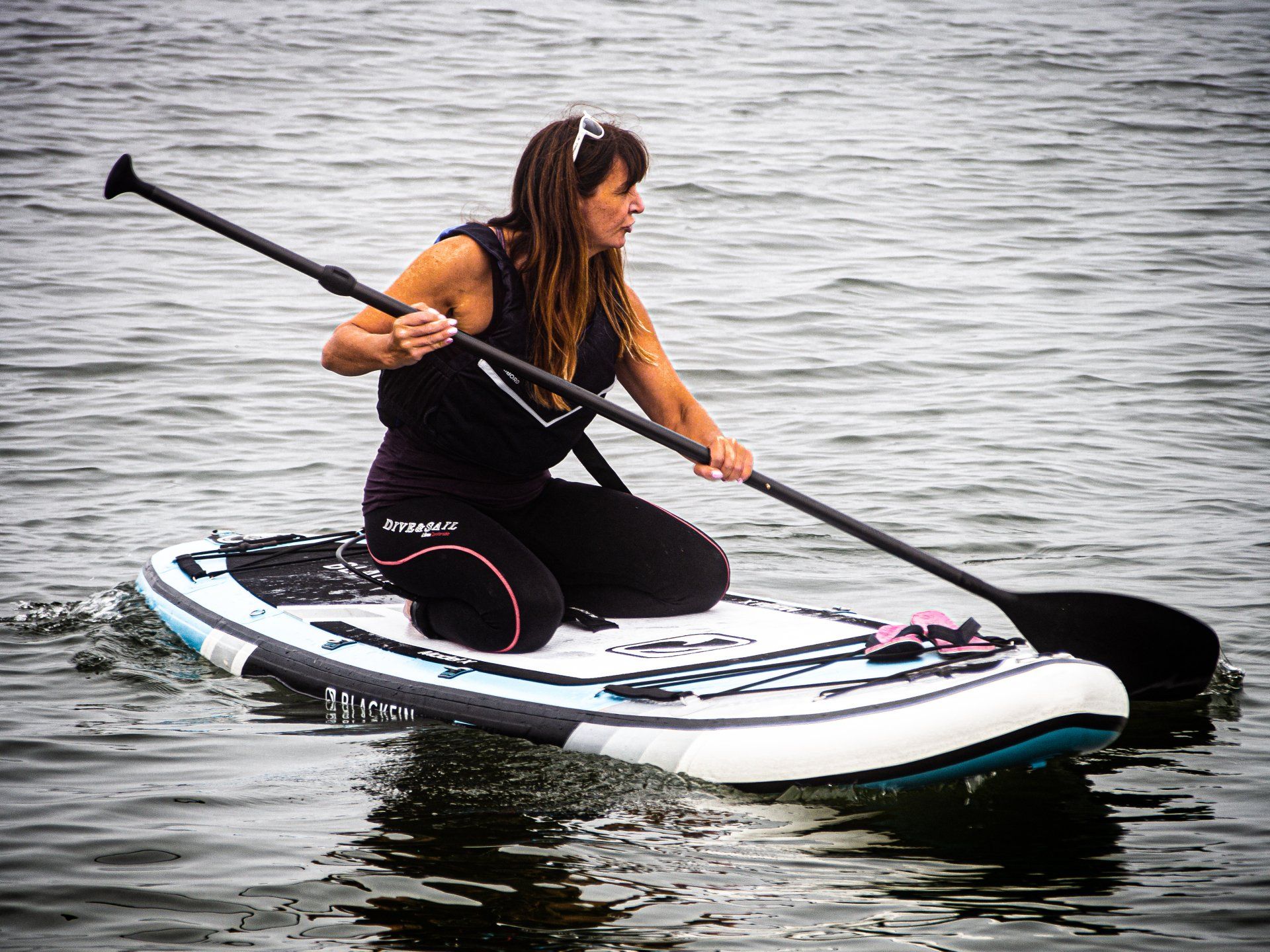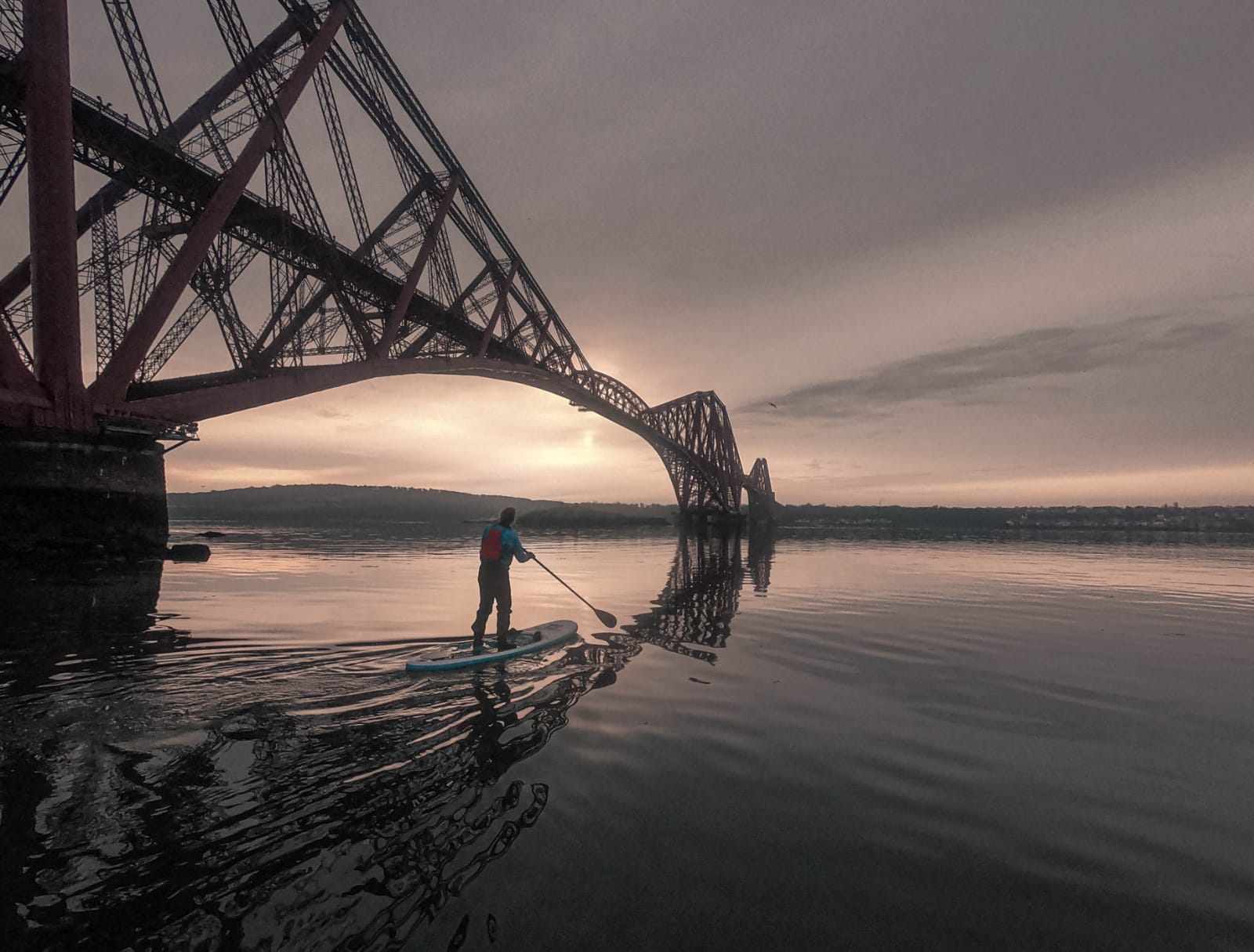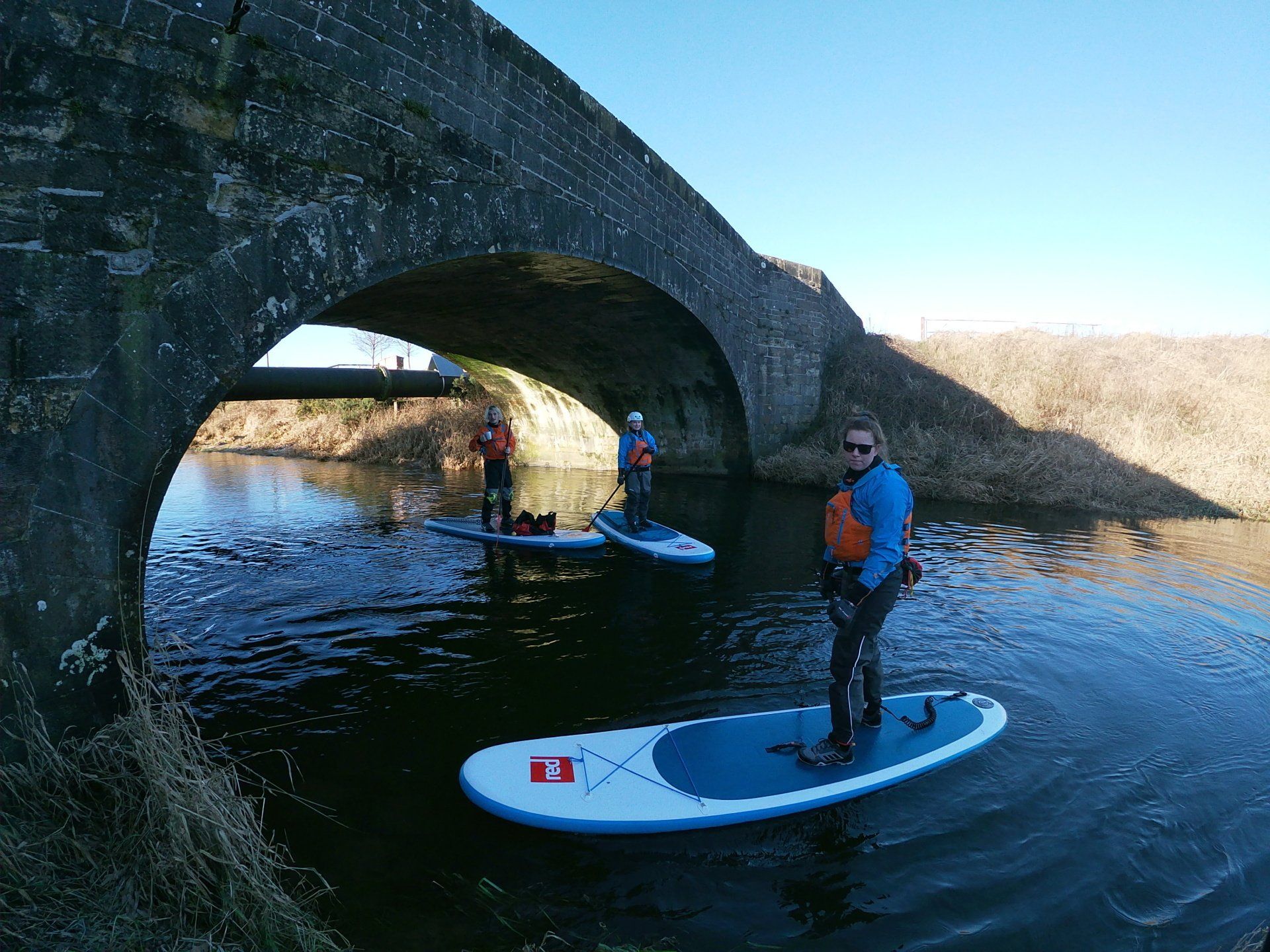
STAND UP PADDLEBOARDING
Write your caption hereButton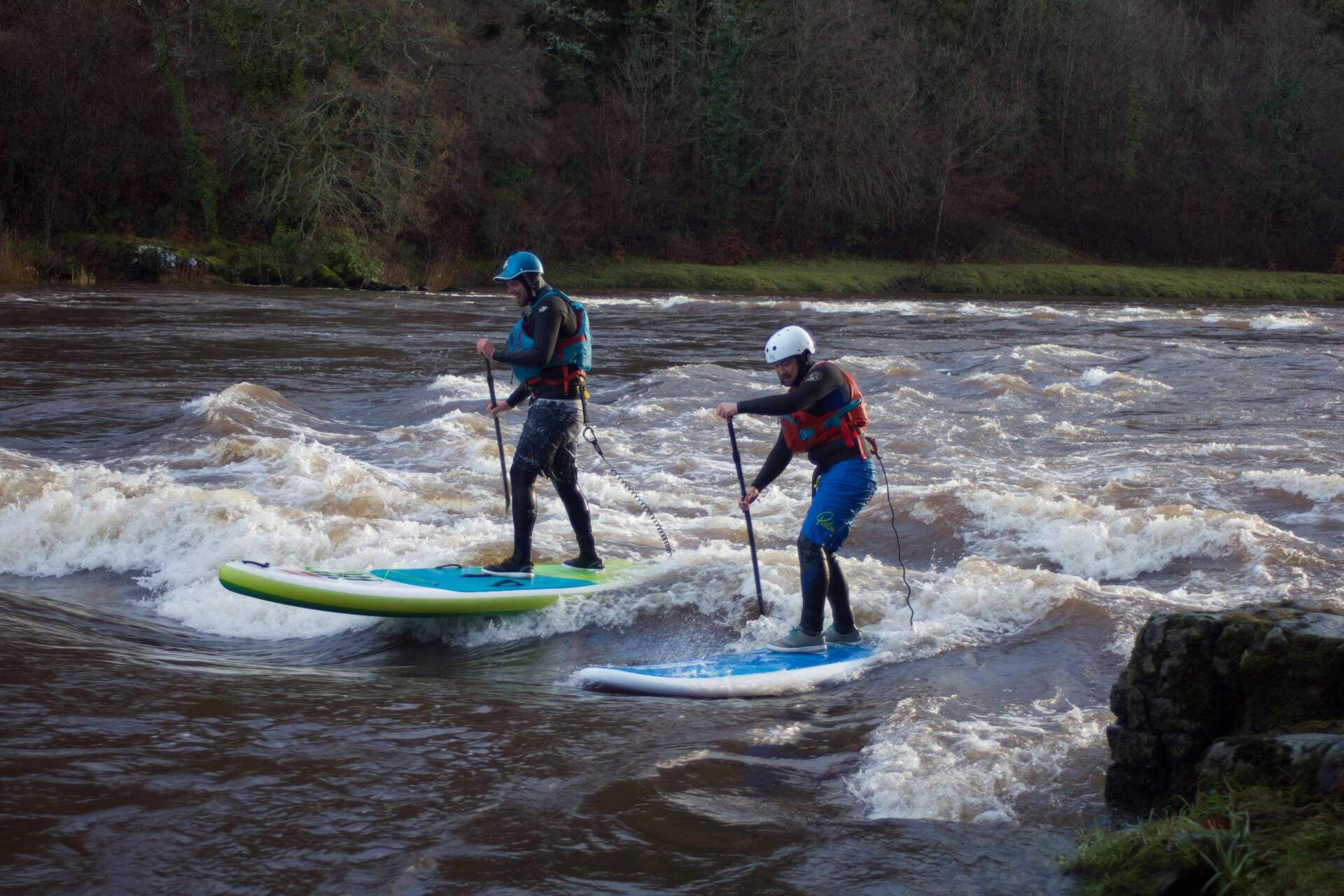
STAND UP PADDLEBOARDING
Write your caption hereButton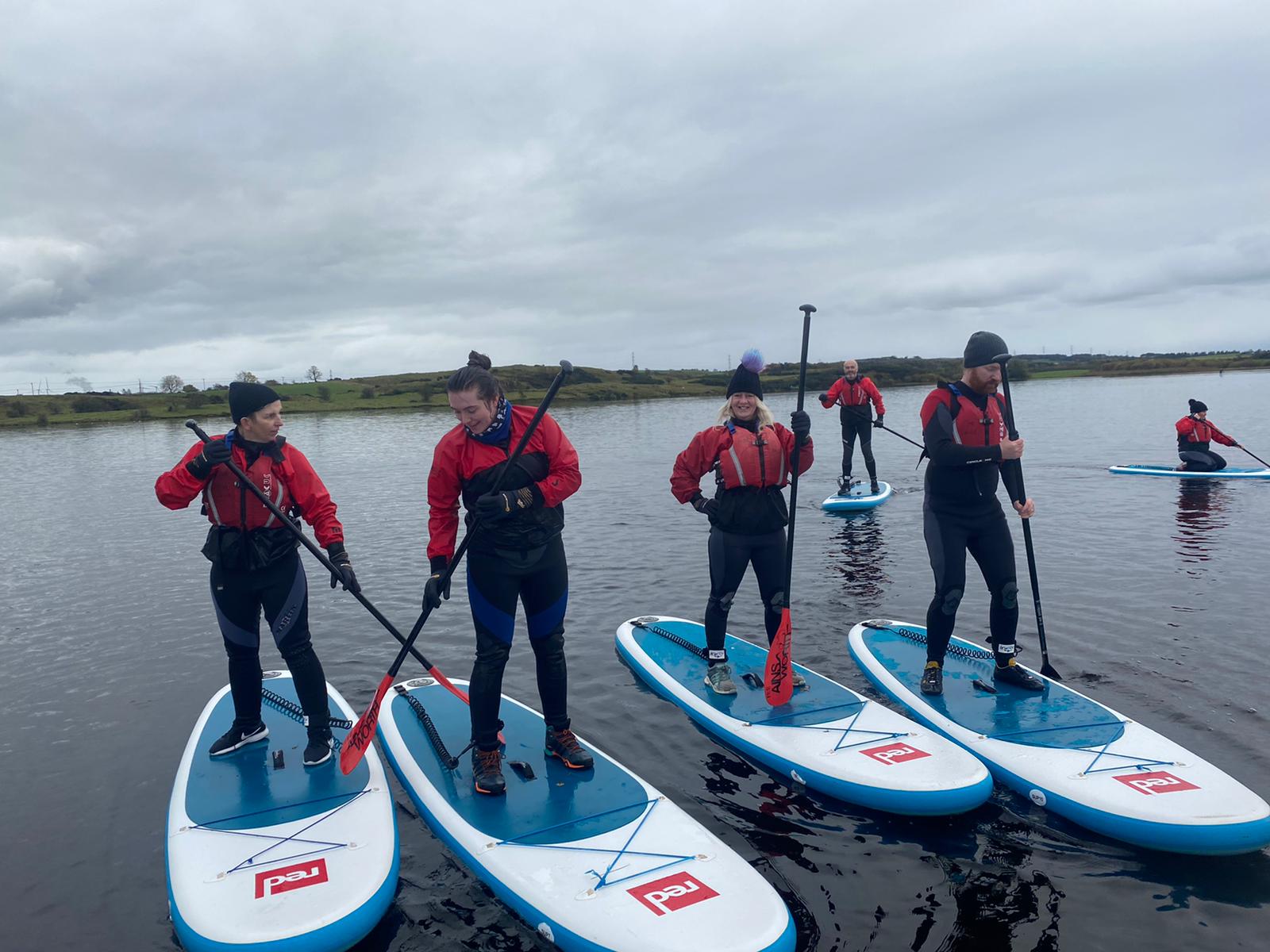
STAND UP PADDLEBOARDING
Write your caption hereButton
Stand Up Paddleboarding (SUP)
What Is SUP?
SUP is short for Stand Up Paddleboarding. SUP has been growing in popularity at an increasingly fast rate in the last 10 years and is now a large part of the Scottish paddling scene.
Boards in Scotland currently are predominately ISUPs (inflatable boards made through a drop stitch construction) although there are more Paddleboarders using hardboards for a variety of reasons. Boards come in all shapes and sizes depending on where you want to go paddling.
SUP is accessible for all ages and abilities and gives everyone the ability to enjoy paddling at their pace while exploring or getting the adrenaline rush they are looking for.
In 2023, the SCA received joint recognition by sportscotland as a governing body for SUP in Scotland.
Qualifications
British Canoeing Stand Up Paddleboard Coaching and Leading qualifications are recognised and used throughout the UK and Internationally.
Within the UK, British Canoeing is the only recognised paddlesport Awarding Body, providing qualifications and awards for over 35 years. Due to our regulated status, we are able to offer high quality learning, as well as standardised assessment processes providing peace of mind for SUP Coaches, Leaders and deployers worldwide.
All providers of the SUP awards have gone through a significant recruitment, training and moderation process, ensuring that high standards are followed, with compulsory updates yearly to ensure continual competence and delivery of the most current practices within SUP.
Being a SUP Coach or Leader with British Canoeing, you will have continual support through our digital resources and highly regarded technical group, as well as ensuring both safeguarding practice and first aid requirements are up to date. Being a member of SCA will provide you with appropriate insurance to operate as a SUP Coach or Leader worldwide.
SUP Disciplines
As SUP is still classified as a fairly new type of paddlesport, it is always changing and developing and as such there is lots of development in the sport in the shape of different disciplines. Below is a quick introduction into the different disciplines around.
- Inland Touring – Probably the most common and accessible discipline currently in Scotland, touring is about grabbing your board and going to explore a section of water that takes your interest be it a local Loch or a slow-moving river.
- Coastal – To keep it simple it is touring on the sea, following some incredible coastlines and exploring the nature the sea has to offer.
- Whitewater – Take to the rapids on your SUP breaking in and out of the flow and running down the river.
- Surf – Usually done on a hardboard for maximum control on the wave, surf sup is about dynamic movements and feeling little changes to get the best ride.
- Down winding – This discipline involves you cover as much distance as possible, with the wind on your back your paddling speed will increase but so will the size of the waves.
- River Surfing – Using a standing wave on a river this will see SUPers work on carving, longer rides as well as tricks.
- Race – does what it says on the tin, this is Racing on your board, usually done on 14ft or longer boards that are fairly thin around 22 – 26 inches wide to increase speed.
Where can I SUP in Scotland?
Depending on what you want to do, there are probably a magnitude of SUP locations near you from lochs to rivers to some of the best coastlines in the world! Look below for our recommendations on the best places to SUP in Scotland.
Check out tips on getting started including how to look up your local club as this will help you to find new paddling buddies.
SUP Safety
Before you go for a paddle it's very important to think about having the correct equipment and keeping yourself safe. Below are some key points to think about:
- Appropriate clothing – are you dressed for the conditions? Check the weather and ensure you keep yourself warm.
- Personal flotation device (PFD) – there are lots of options now including PFD belts & buoyancy aids. Learn about the options and keep yourself safe.
- Let someone know where you are going and when you are meant to be back.
- Bring a mobile phone or VHF.
- Paddle with others – do not go paddling on your own unless you are very experienced.
A bit more about leashes:
- Leashes are an important part of the safety equipment of a SUP and should be used to keep you attached to the board in almost all environments.
- Whether you wear an ankle or waist mounted leash the attachment point should be quick releasable. This will allow you to detach from the board if required.
- Recent research has shown that you SHOULD NOT wear a leash in the White Water River environment. This means in flowing waters of grade 2 and above the recommendation is that you DO NOT attach yourself to the board in any way.
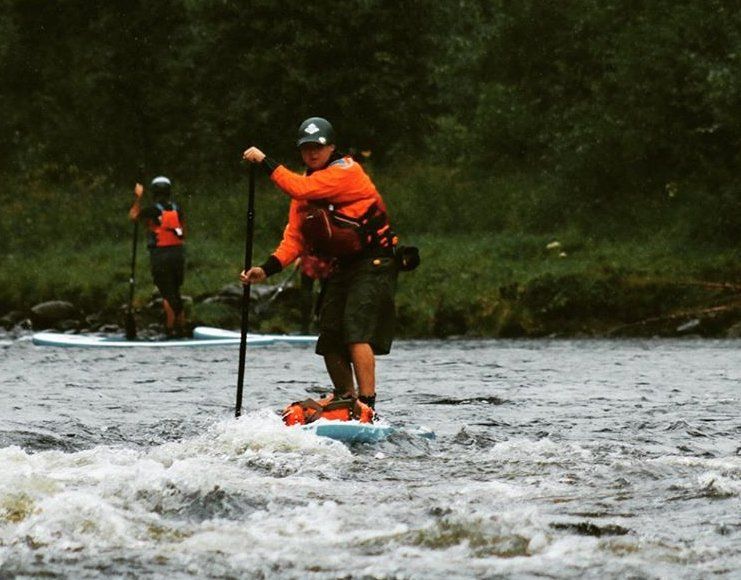
Slide title
Write your caption hereButton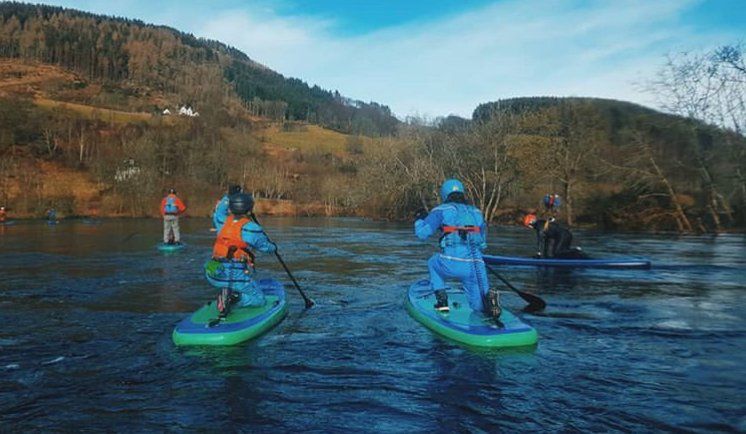
Slide title
Write your caption hereButton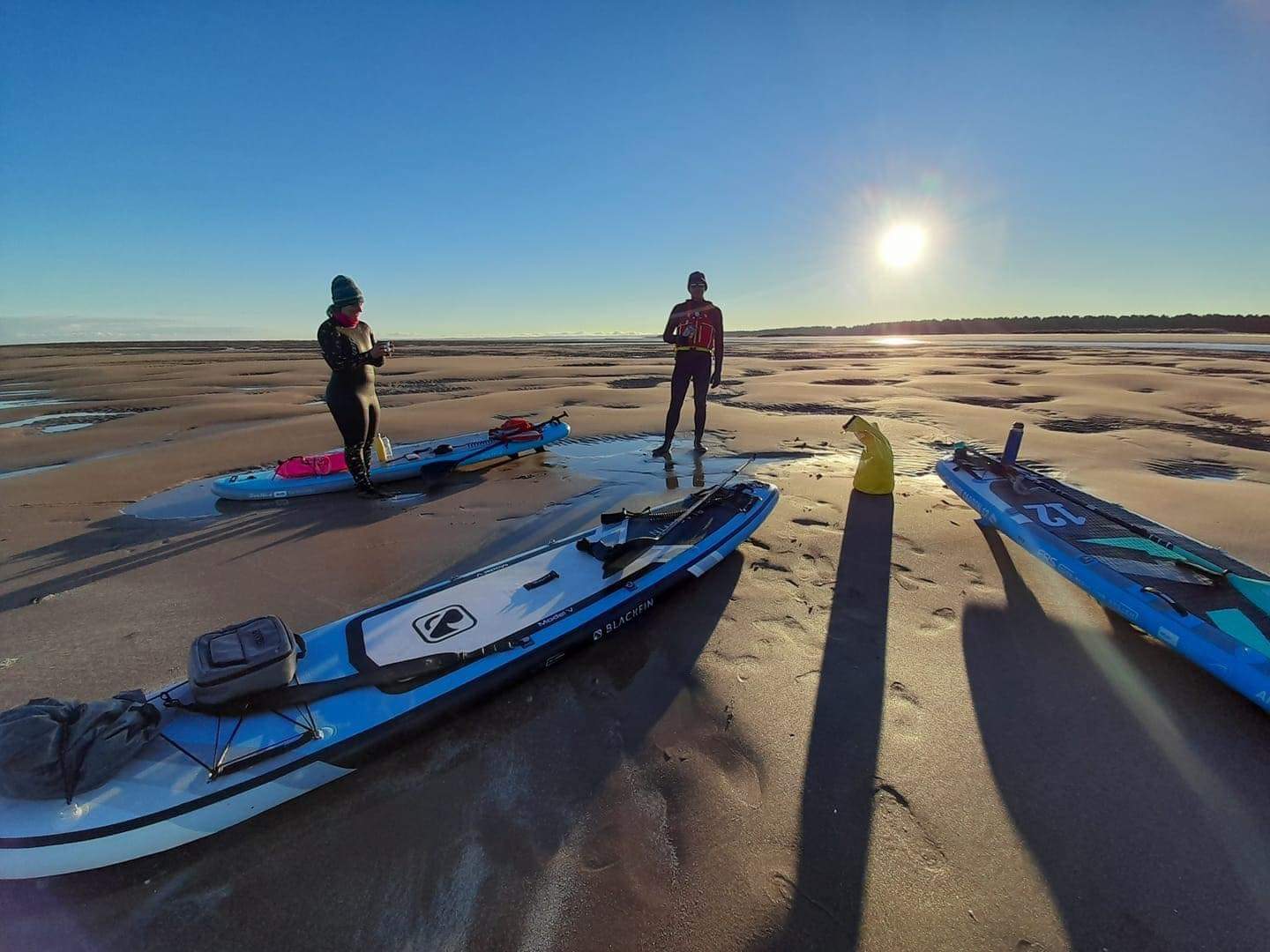
Slide title
Write your caption hereButton
Slide title
Write your caption hereButton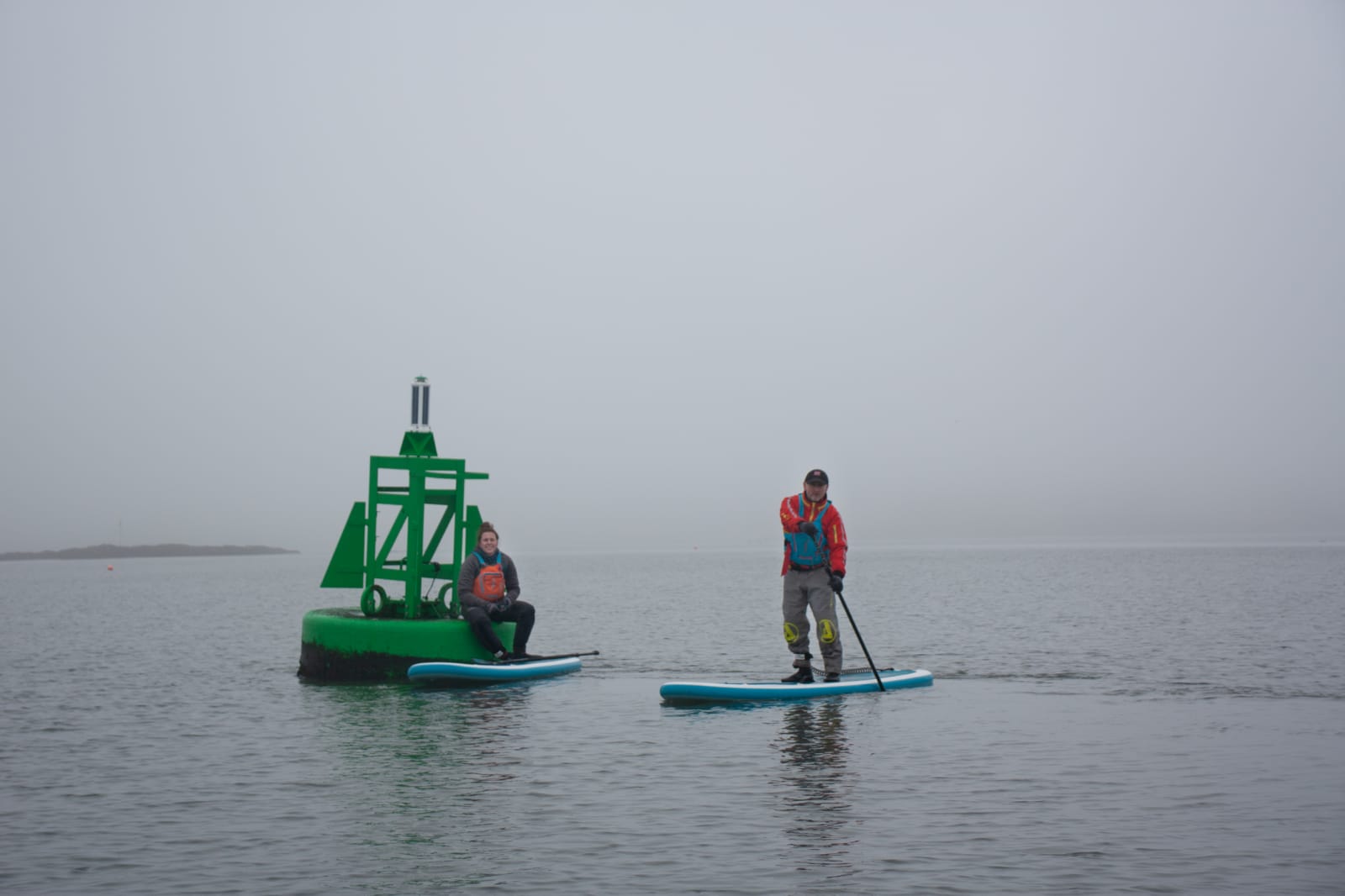
Slide title
Write your caption hereButton
I want to buy a board, but I do not know where to start!
Hardboard?
- Can you store a Hardboard, and do you have roof bars or live next to the water?
- A hardboard is generally lower in volume (does not hold as much weight and sits lower in the water)
- A hardboard is generally less durable
- A hardboard is likely to have a better performance
Inflatable SUP?
- You want a board that will sit at least 16 PSI when inflated
- A board with a double layer/ skin or MSL technology will be more durable
- An ISUP is generally more stable & sits higher up in the water
What else should I check?
- Check the board's weight limit
- What comes with the board?
- What length is the board? Longer boards 12ft or longer are made for touring and racing, surf SUPs are generally shorter around 8 to 10 ft. More general purpose boards are 10 to 11 ft
- Check the warranty, you want at least 3 years warranty
Where to SUP? Recommendations
Favourite Places to SUP – Arbroath Sea Cliffs
Discipline: Coastal SUP
Level of experience: Intermediate (Depends a lot on conditions though)
Arbroath has some of the most amazing wildlife & sea caves in Scotland. With a wide variety of different caves to explore from an easy egress point this can be a couple hours exploring or a full day adventure. Regular wildlife sighting can include starfish, jellyfish, razorbills and puffins.
Its advised to bring a head torch & helmet to get the best out of the caves as they can be very dark in some places and head protection and light will allow for the safest and most explorative experience possible.
This trip is best at high tide with minimal waves and swell, to much swell or waves can make the caves inaccessible with crashing waves.
Access Point: Arbroath Sea Cliffs Car Park
Access information: Be aware of tide levels as certain tide levels won’t allow access to certain caves.
Where Can I find more information: North & East coasts of Scotland Sea Kayaking Book - Scurdie Ness Page 178.
Favourite Places to SUP – River Spey
Discipline: White Water SUP, Flat/Open Water SUP, Expedition SUP.
Level of experience: Beginners to Advanced depending on which section.
Starting closer to the west coast than it’s final destination at Spey Bay the River Spey starts with Loch Spey, leading to 107 miles of River to explore, including Loch Inch. A diverse selection of sections from flat/open to grade 3 white water can be found on the most popular stretch of this river, this is from Loch Inch to Spey Bay. The Loch Inch to Spey Bay Trip is commonly known as the Spey Descent and used as a multi day expedition experience by many Paddlesport enthusiasts. Stand Up Paddleboaders will find plenty of interesting sections from peering over the river bank into the fields looking at wildlife (section from Kingussie to Loch Inch) to bouncing down Knockando Rapid (SCA Access park and play @ Tamdu Distillery Knockando).
Access Point: lots to choose from, however the SCA & Access officers/committees have gained 2 locations which they look after at Ballindalloch and Knockando. Best reference the guidebooks below or contact the access officer.
Access information: guidebook below or SCA access officer.
Where Can I find more information:
- River Spey Canoe Guide by Nancy Chambers
- Scottish Canoe Classics by Eddie Palmer
- Scottish Whitewater
- All these will give a different perspective on the same river and sections with additional sections.
Favorite Places to SUP – Loch Maree
Discipline: Inland Open Water Touring
Level of experience: Intermediate
Feeling sick or insane? then legend had it that drinking from the Holy Well on Isle Maree, followed by plunging into the Loch 3 times could cure you. The Chapel and well are now in ruins but Loch Maree has helped me regain my sanity many times! The maze of islands has some of the finest native Caledonian pine woodlands in the country. You feel that you have been transported back to a more primal time as you explore. Great for a day trip or as an overnighter.
Access Point: Loch Maree Picnic Site, Slattadale
Access information: Loch Maree is situated in the Beinn Eighe National Nature reserve and is home to a number of rare species including Balck throated divers. It is advised to contact the reserve who can advise of how to minimize disruption to the wildlife.
Where Can I find more information:
Competition & Events
If you're interested in running an event and looking for support please get in touch.
SUP Development Group
You can contact the SUP group at hello@paddlesoctland.org.uk

